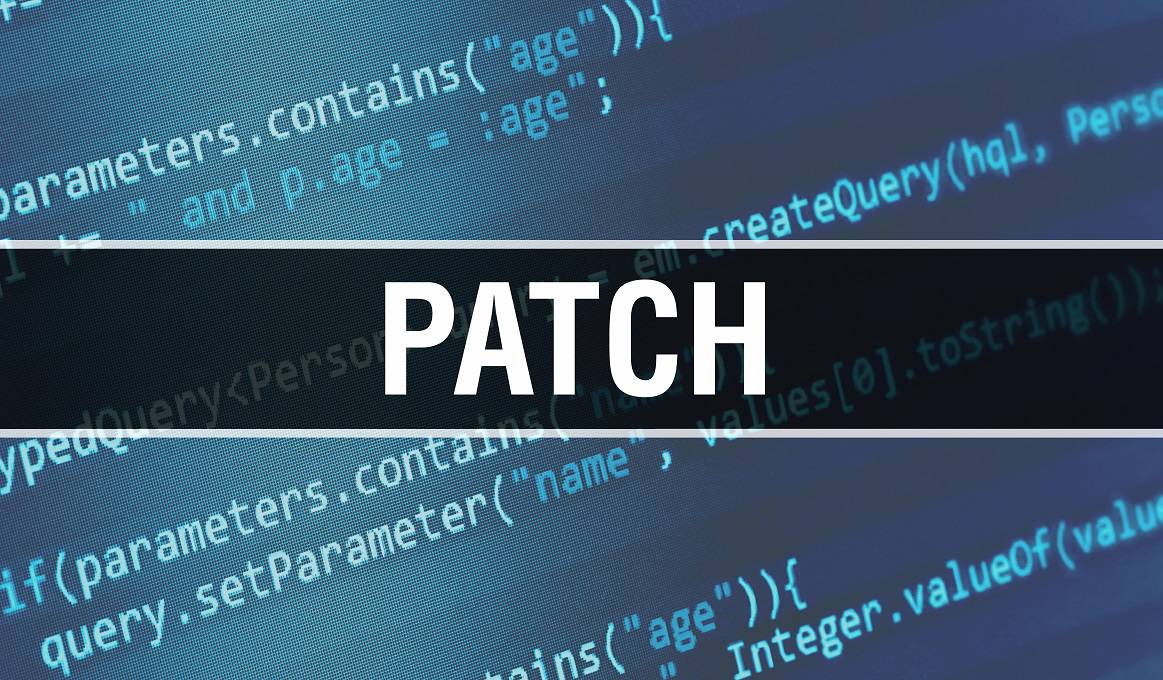IGEL Blog
Windows Belongs in the Data Center, Not on the Endpoint
Microsoft has recently announced extended support for Windows 7 Extended Security Updates (ESU) until 2023. Relief, you say? Now I don’t have to step up my plans to migrate to Windows 10. Not so fast…
First, even though extended support for Windows 7 was extended from January 2020 to January 2023, it’s still an option you’ll need to pay for. And pay dearly, I would expect. So, don’t consider this a furlough from your end user computing (EUC) modernization plans. It’s only temporary relief – like paying $1 million for an aspirin – and this may have a questionable RoI!
Instead, this news should be more of an emergency siren. Why do so many organizations need an extension for their Windows 7 that Microsoft needed to offer an extension? Perhaps it’s simply too difficult and costly to make the transition off those Windows 7 systems. Or is it?
16GB Devices Are Becoming the New Norm
Consider this: Gartner in its latest “Recommended Configurations for Notebooks and Desktop PCs, 2018” advises that systems supporting Windows 7 are becoming hard to find and all new hardware should come configured with Windows 10.[1] So, no matter what, you’ll be on your way to a hardware refresh if you continue to use physical PCs to support your EUC needs. Seventh and Eighth generation processors with 16GB will soon become the new norm to support Windows. Plus with DRAM memory in short supply since 2016, the current pricing for 16GB machines makes that hardware move a costly one.
Is it time to step off the Windows/hardware refresh treadmill?
Windows Belongs in the Data Center not on the Endpoint
At IGEL, we believe that Windows should remain in the data center, it’s just not secure nor cost effective at the endpoint.
In the data center, Windows can be more easily managed, maintained, secured and invested in, with the hardware it needs to perform at its best. That isn’t as easy on the endpoint. On user devices, Windows is much more vulnerable to security threats, requires the latest hardware investments to deliver user-expected performance and is much harder to manage as workers roam freely during their workweek.
Don’t Pay for a Refresh. Transform Your Old Assets.
There is a better way. Much better, in fact. With IGEL, you can extend the life of those x86 machines without the high cost of a hardware refresh. 16GB is simply not needed to gain the performance users want. You’ll avoid the need to pay for Windows 7 extended support. And so much more.
Take the value and simplicity of IGEL’s UD Pocket or Universal Desktop Converter 3, UDC3. This amazing software-based solution enables organizations to repurpose existing hardware into an easily managed IGEL OS Linux-based endpoint. Able to convert almost any x86 device, regardless of manufacturer or form factor it transforms hardware you thought was aging and near worthless into viable, high performing endpoints.
The bonus? You’ll be able to standardize your mixed environment of desktops and operating systems and take advantage of the power and flexibility of VDI – all with centralized remote administration and built in security.
For your users, the experience will be high performing and hassle free, because all the Windows patching and updates for their systems is taken care of in the data center. Now they no longer have to wait while system updates slow them down or worry that their endpoint could be compromised with the latest ransomware. Updates for their system are done seamlessly “over the air” without any user intervention. Plus, because endpoint workloads are moved from the endpoint to the data center, users will have faster logons, quicker application loading, more consistent operation and overall higher performance.
For administrators, systems converted with UDC3 software are instantly integrated into the IGEL Universal Management Suite (UMS) for remote support, zero-touch deployment and easy central management. Think of all the time – and cost – you’ll save staffing the helpdesk or rolling out new hardware. Plus, you’ll gain peace of mind knowing that your users are more thoroughly protected from security threats by using the nearly impenetrable IGEL OS Linux-based operating system.
Heed the emergency siren sounded by Microsoft’s move to extend Windows 7 support and know that the move to migrate your physical user devices to 16GB systems isn’t necessary. Keep Windows in the data center and easily extend the life of your existing systems. It will dramatically lower your endpoint investment, simplify administration, improve user performance and deliver enterprise-level security. Plus, you can step off the endpoint Windows migration and hardware refresh treadmill for good.
See how easy it is to convert and manage your endpoints now. Download your free trial today.
[1]Gartner, “Recommended Configurations for Notebooks and Desktop PCs, 2018.” Stephen Kleynhans, Frederica Troni. July 25, 2018


